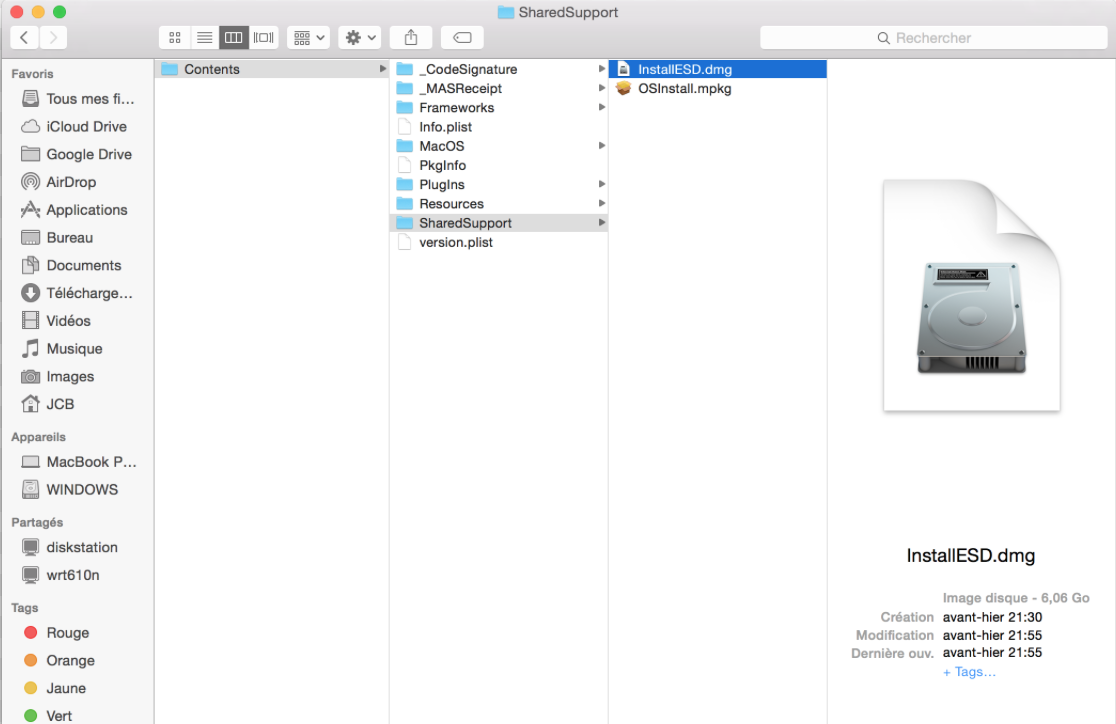Iso To Usb Download For Mac
Uninstall endnote x7 mac. • After downloading the installer, connect the USB flash drive or other volume you're using for the bootable installer. Make sure that it has at least 12GB of available storage and is.

Mac Iso To Usb Bootable
• Open Terminal, which is in the Utilities folder of your Applications folder. • Type or paste one of the following commands in Terminal. These assume that the installer is still in your Applications folder, and MyVolume is the name of the USB flash drive or other volume you're using. After, follow these steps to use it. • Connect the bootable installer to a compatible Mac.
• Use Startup Manager or Startup Disk preferences to select the bootable installer as the startup disk, then start up from it. Your Mac will start up to. Learn about, including what to do. • Choose your language, if prompted.

The ISO file you have downloaded contains an image of the entire media. Usb2/ssi2 to isa/pci/pcmcia 2.0.2 free download for mac. It includes all the files necessary to boot your PC/server. This image format is sadly not directly usable to copy onto the USB stick. Download Windows 10 Disc Image. First, you need to download the Windows 10 ISO file. Go to the download page and select the proper edition of Windows 10 in the dropdown menu. How to Copy an ISO File to a Target Drive Using ‘dd’ in Mac OS X This will erase the target volume, replacing whatever data is on the destination drive with the ISO contents. There is no confirmation, therefore it is critical you use the proper drive identifier and proper syntax to avoid erasing the wrong thing.
• A bootable installer doesn't download macOS from the Internet, but it does require the Internet to get information specific to your Mac model, such as firmware updates. If you need to connect to a Wi-Fi network, use the Wi-Fi menu in the menu bar. • Select Install macOS (or Install OS X) from the Utilities window, then click Continue and follow the onscreen instructions. For more information about the createinstallmedia command and the arguments that you can use with it, make sure that the macOS installer is in your Applications folder, then enter this path in Terminal: Mojave: /Applications/Install macOS Mojave.app/Contents/Resources/createinstallmedia High Sierra: /Applications/Install macOS High Sierra.app/Contents/Resources/createinstallmedia Sierra: /Applications/Install macOS Sierra.app/Contents/Resources/createinstallmedia El Capitan: /Applications/Install OS X El Capitan.app/Contents/Resources/createinstallmedia.